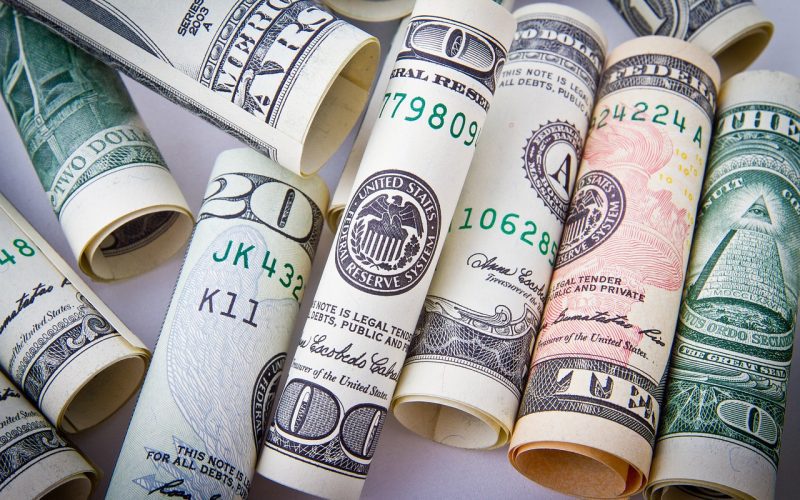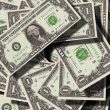Understanding economic cycles is crucial for individuals and businesses alike. Economic cycles, characterized by periods of expansion (boom) and contraction (bust), have a profound impact on financial well-being. This article aims to delve into the dynamics of economic cycles, their causes, effects on personal finances, and strategies to navigate through them effectively.
Economic Cycles: An Overview

Economic cycles, also known as business cycles, represent the fluctuations in economic activity over time. These cycles are typically divided into four phases: expansion, peak, contraction, and trough. During the expansion phase, the economy experiences growth in output, employment, and income. This period is marked by optimism, increased consumer spending, and rising asset prices. Eventually, the economy reaches a peak, followed by a contraction phase characterized by declining economic activity, rising unemployment, and reduced consumer spending. The trough marks the end of the contraction phase, leading to the beginning of a new cycle.
Causes of Economic Cycles
Several factors contribute to the onset and duration of economic cycles. Monetary policy, fiscal policy, technological advancements, geopolitical events, and external shocks all play significant roles in shaping the direction of the economy. Central banks adjust interest rates and money supply to influence borrowing, spending, and investment decisions, impacting the overall economic activity. Changes in government spending and taxation policies also affect aggregate demand and output. Moreover, technological innovations and global developments can introduce structural shifts in the economy, leading to fluctuations in business cycles.
Impact on Personal Finances
The ebb and flow of economic cycles have far-reaching implications for individuals’ financial situations. During economic expansions, job opportunities abound, wages tend to rise, and asset values appreciate, contributing to an overall sense of prosperity. Consequently, individuals may feel more confident about spending, investing, and taking on debt. However, during economic contractions, the scenario reverses. Unemployment rises, incomes decline, and asset values may plummet, causing financial distress for many. Moreover, credit may become less accessible, making it challenging to borrow or refinance existing debts. Consequently, individuals may need to adjust their spending habits, dip into savings, or explore alternative sources of income to weather the downturn.
Strategies for Navigating Economic Cycles
While economic cycles are inevitable, individuals can adopt strategies to mitigate their impact on personal finances. Building an emergency fund during periods of economic expansion can provide a financial cushion during downturns. Diversifying investments across different asset classes and geographic regions can help minimize risk exposure. Moreover, maintaining a conservative approach to borrowing and spending ensures greater financial resilience during economic downturns. Additionally, acquiring new skills or furthering education can enhance employability and adaptability in a changing economic landscape. Finally, staying informed about economic indicators and seeking professional financial advice can empower individuals to make informed decisions about their finances.
Analysis Table:
| Economic Cycle Phase | Characteristics | Impact on Personal Finances |
|---|---|---|
| Expansion | – Growth in output, employment, and income <br> – Optimism and increased consumer spending <br> – Rising asset prices | – More job opportunities and higher wages <br> – Increased confidence for spending and investing <br> – Asset appreciation contributes to wealth accumulation |
| Peak | – Maximum economic output <br> – Potential inflationary pressures <br> – Decreasing unemployment rate | – Potential overheating of the economy <br> – Rising inflation erodes purchasing power <br> – Asset bubbles may lead to subsequent bust |
| Contraction | – Declining economic activity <br> – Rising unemployment <br> – Reduced consumer spending <br> – Falling asset prices | – Job losses and stagnant wages <br> – Decreased consumer confidence <br> – Asset depreciation affects wealth and investments |
| Trough | – Lowest point of economic downturn <br> – Beginning of recovery phase <br> – Opportunity for policy intervention | – Economic uncertainty persists <br> – Slow recovery in job market and income levels <br> – Asset values may begin to stabilize |
Comparative Table:
| Aspect | Boom (Expansion) | Bust (Contraction) |
|---|---|---|
| Employment | High | Declining |
| Income | Increasing | Stagnant or Decreasing |
| Consumer Spending | High | Reduced |
| Asset Prices | Rising | Falling |
| Borrowing Accessibility | Easy | Restricted |
| Economic Confidence | High | Low |
| Investment Opportunities | Abundant | Limited |
| Inflation | Potential for Increase | Potential for Decrease or Stability |
| Government Intervention | Minimal | Heightened |
Conclusion
Economic cycles are an intrinsic aspect of modern economies, exerting a significant influence on personal finances. By understanding the phases of economic cycles, individuals can better prepare for the challenges and opportunities presented by each stage. Adopting prudent financial strategies, maintaining flexibility, and staying informed about economic developments are essential for navigating through economic booms and busts successfully. By proactively managing their finances, individuals can safeguard their financial well-being and position themselves for long-term prosperity, irrespective of the prevailing economic conditions.











